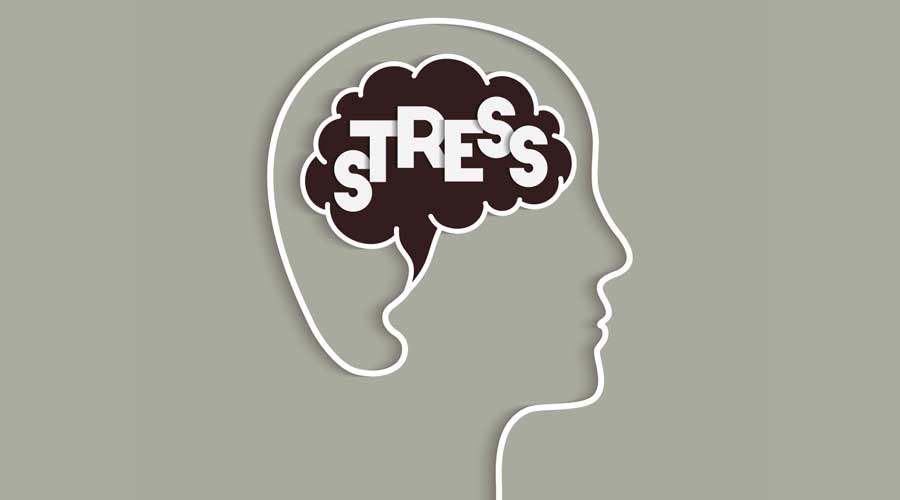
While the Occupational Safety and Health Administration (OSHA) mostly reports on physical workplace safety, it also wants to stress the importance of mental health for employees. Frontline cleaning crews or distributors could have excellent pay and benefits, a full staff, and check seemingly every other box on paper — but if the employees themselves don’t feel as if they’re cared about or have an outlet to express concerns, it can still lead to an uninspired workforce.
Doug Parker, writer for the U.S. Department of Labor (DOL) outlined several stats that depict the prevalence of work-induced stress including: 120,000 deaths annually can be tied to workplace stress; addressing workplace stress can quadruple workplace productivity on a per-dollar investment; and workplace stress was reported among 83 percent of employees. The effects of the pandemic didn’t help matters either, as nearly half of surveyed American employees reported depression or anxiety-related symptoms in a 2021 study.
While some degree of workplace stress is inevitable, Parker outlines several tools the DOL and OSHA have for managers looking to alleviate the stress of their employees. In particular, OSHA's workplace stress toolkit provides step-by-step guidance for managers for how to tackle common workplace stress situations, with additional materials on how to improve mental health. The DOL’s Mental Health at Work initiative is another useful source for clarification on workplace inclusivity laws and other tools to ensure employees maintain high morale.
For related tips, check out this article on improving employee retention.

 Celebrating BSCAI's 60th Anniversary eBook
Celebrating BSCAI's 60th Anniversary eBook The Down and Dirty on Cleaning in Virus Season
The Down and Dirty on Cleaning in Virus Season How Surfactant Use is Expanding in Commercial Cleaning
How Surfactant Use is Expanding in Commercial Cleaning